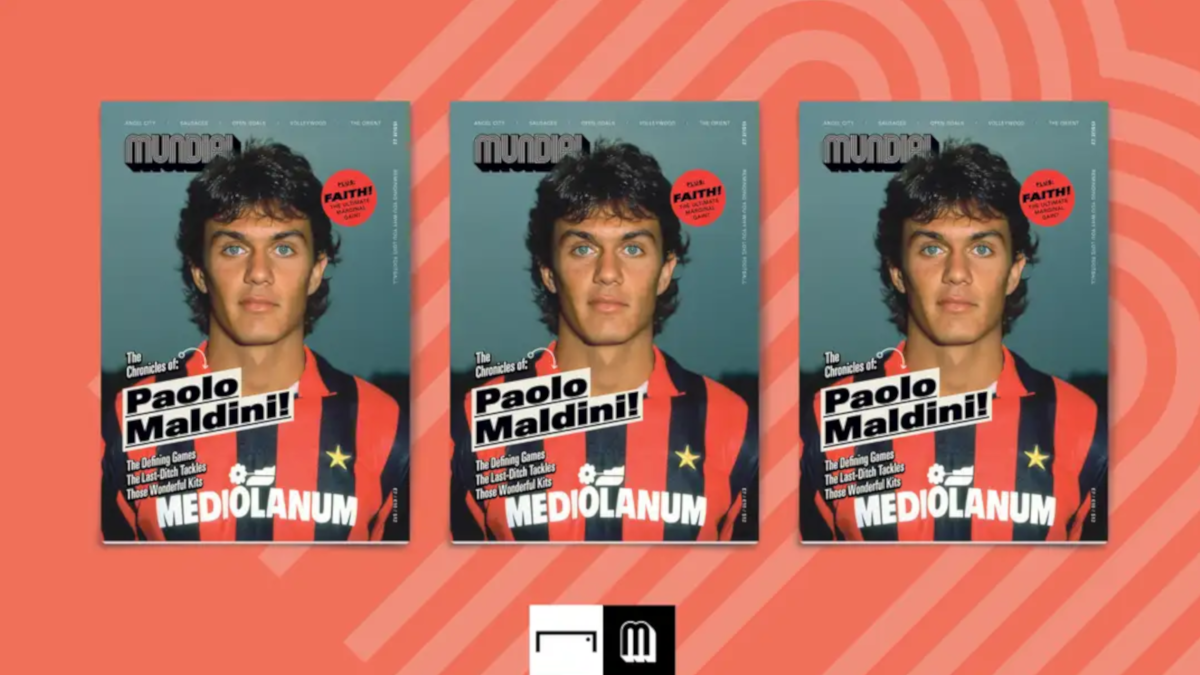‘The online world may be all around us but that does not mean your customers are immersed in it.’ These were the sage words of the founder and CEO of Homeserve, Richard Harpin in a recent article I read in The Times. He went on to explain why he mentors younger entrepreneurs to invest in mail as a marketing channel over new digital technologies. Mail as a channel continues to endure, and brands still invest in it. Its physical presence demands attention in a world of fleeting digital content.
How mail delivers on attention like no other
As consumers we’re more distracted than ever. Technology as a whole continues to enable this, as we wrestle with tearing our eyes away from a screen; whether it’s our smartphones or the TV or some other device.
We recently collaborated with WARC on a research project that investigated the benefits of mail as a marketing channel, and the impact it has in an attention scarce world. It may be a bitter pill for the industry to swallow, but we sometimes need reminding that consumers generally aren’t that interested in advertising. The majority of messages can either be easily ignored, or soon forgotten. However, mail delivers uplifts across every stage of the marketing funnel — driving 65% awareness, 16% consumer consideration and 5% purchase intent. Moreover, 63% of recipients said that mail attracts their undivided focus. So much so that our research found that 65% of respondents could not recall seeing any other form of communication from the brand in question, apart from the mail marketing they received.
It’s a logical step for brands to automatically see the value solely in digital advertising; because we live our lives (in one way or another) online. But it doesn’t necessarily mean that brands are rightfully gaining customer attention — or their trust. Mail helps brands build stronger connections with customers. It offers a rich quality and quantity of information in a format people instinctively trust.
And, according to our research, trust in mail is highest amongst the most digitally savvy demographic of all, Gen Z, with 90% saying they prefer brands that combine physical and digital experiences.
Mail’s tangibility makes it inherently reassuring in a blink-and-you’ll miss it, digital-first world. What’s more, the very fact of receiving mail demonstrates thoughtfulness on the part of the brand.
Case study: Cunard
Queen Anne, the latest addition to Cunard’s fleet, is due to take her maiden voyage this month, in May 2024. The ship will set a new benchmark in luxury, grandeur and service. In an increasingly crowded category, marketing’s first task was to create interest and excitement amongst loyal customers. Cunard exploited the tactile nature of mail to let its audience enjoy a ‘first touch’ of the glamorous on-board experience offered by Queen Anne. Opening a crisp, white envelope, prospects discovered a black presentation box with the brand’s distinctive iconography embossed in gold foil. Within it were four teal and gold cards, each showcasing the ship’s unique architectural features.
The final item within the box was a 16-page brochure, providing details of forthcoming cruises and instructions on how to book.
Cunard’s investment in a high-attention mail piece produced rich results. As the item began to land on customers’ doormats, the company enjoyed its busiest booking day in a decade, with berths for the ship’s maiden voyage selling out in a day.
Sealing the deal
Cunard’s success is just one example of the power that personalised, relevant mail marketing can have on gaining the attention of customers and leading to action. And with mail being easy to keep, nearly half (58%) is retained for such a time when it is needed to create that action. Many consider mail to contain information of value and typically all items that come in an envelope are opened. Unlike other channels, mail is hard to ignore, and has the unique ability to get a brand’s message into their audience’s hands and provoke a response.
And there’s a plethora of ways brands can gain attention and drive impact, depending on the end result. There’s no doubt there is huge power in promotional offers, gifting customers a physical voucher is an effective way to keep a brand front-of-mind and incentivise short-term sales. But, as we saw with Cunard, mail also enables brands to be highly creative. With no competing ads or surrounding clutter, mail is a clean canvas for brands to get creative with new and imaginative ways to engage their audience.
What’s more, it can be sustainable too — last year we conducted a full 360 research study across the entire supply chain, which fed into an LCA measurement tool we created; allowing marketers to compare the average carbon emissions of formats, so they can decide the best way forward to meet both environmental and commercial objectives.
Mail is an enduring channel of communication. In a world where the battle for consumer attention is becoming increasingly hard for advertisers to achieve, mail can act as a real differentiator that offers high levels of meaningful engagement, memorability and impactful results.
Featured image: Dan Kb / Unsplash


































